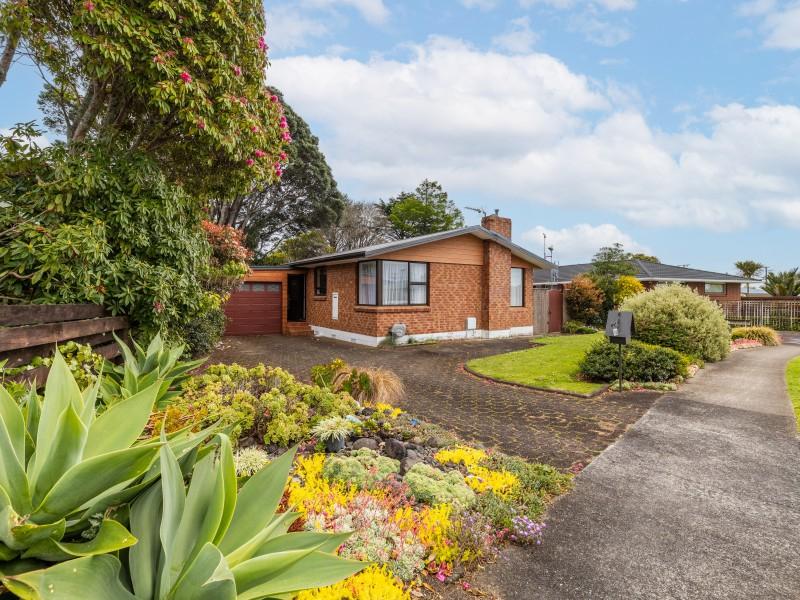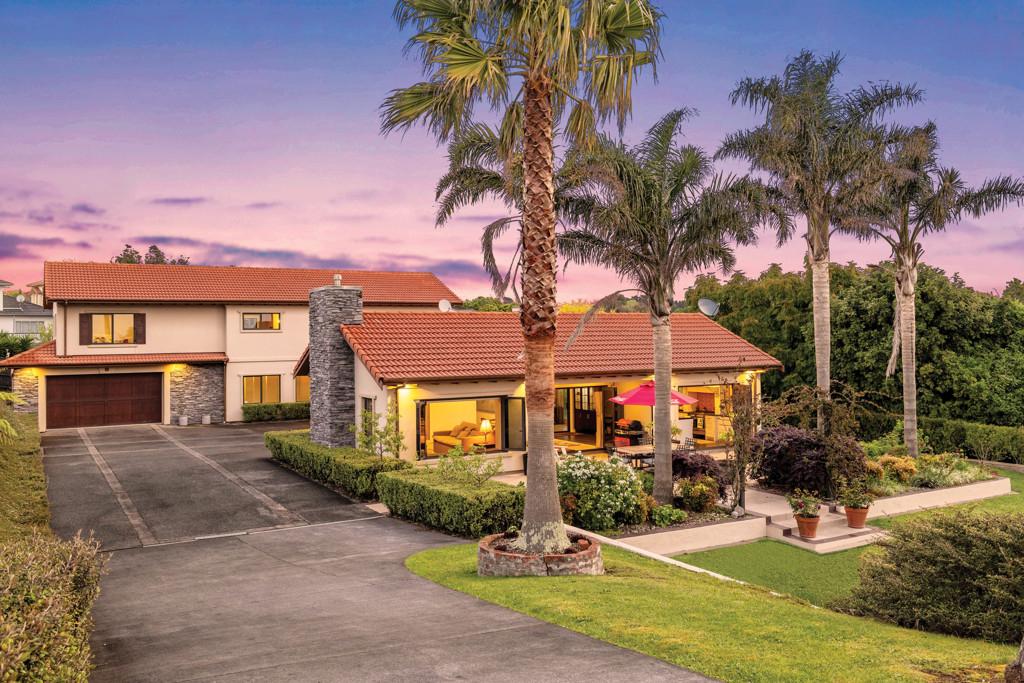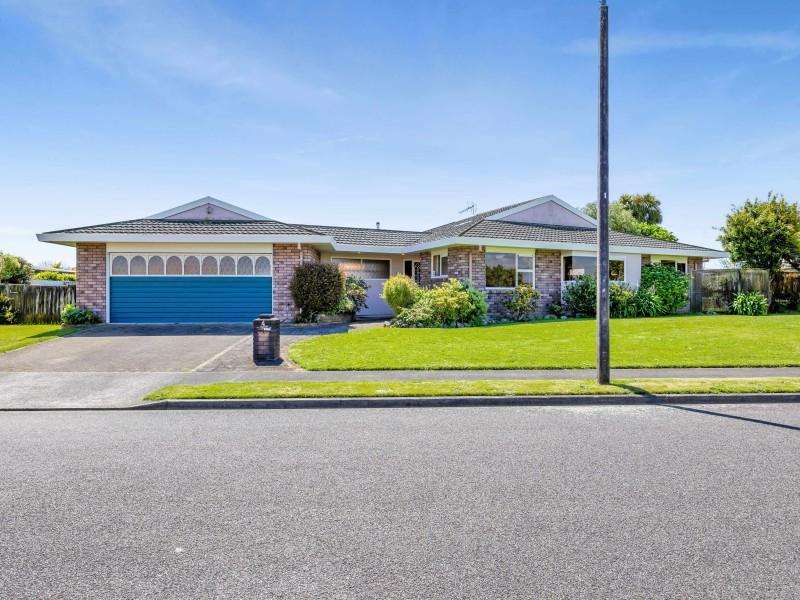Travel Hacks: 10 Tips For Using Your Phone Abroad
It’s important to stay connected when you’re travelling, whether with colleagues if you’re away for business or friends and family back home. But using your phone abroad without racking up huge international fees or data roaming charges can seem like a challenge. To make things easier for you, I’ve put together a guide on the best hacks for using your phone abroad.
Nightmare phone travel stories abound: insane charges for turning on data for one minute to check Google Maps or forgetting to turn off roaming; needing to deal with something urgent back home over the phone and racking up huge international phone charges. We’ve all been there.
There are enough worries and concerns that can occur when travelling (pre-travel anxiety is really common) but being able to use your phone overseas doesn’t have to be one of them.
It’s often essential to be able to use your phone while travelling, whether for contacting your airport transfer driver when you arrive at the airport, a tour company, friends or family you’re staying with, or just to look at Google Maps so you can navigate a new city. Here are some simple hacks for how to stay connected when you’re abroad without the eye-watering charges.
1. Check if your phone will work overseas
First things first, although nowadays most modern phones can be used internationally without a problem, if you’re planning on using your mobile overseas you should check that it’ll actually work on your destination’s network once you’re away. For 2G (voice) and 3G (data) connections, there are two radio systems used in the world for mobile phones: GSM (Global System for Mobiles) and CDMA (Code Division Multiple Access). GSM phones won’t work on the CDMA network, and although most of the world uses GSM, some countries such as the USA and Russia still also use CDMA. These days most countries using CDMA will also have some GSM coverage so it shouldn’t be a problem, but it’s worth checking what your phone uses and if it matches the country you’re visiting, just to be sure. I always recommend that my travellers have access to a working phone in order to contact their chosen airport transfer company on arrival at the airport if needs be
2. Buy a roaming bundle
Although it depends on your phone plan, many networks offer international roaming bundles to purchase at a one-off or daily cost for the duration of your trip. If you’re only going away for a short stint, it could be worth looking at the options offered by your phone company – many are bundles that offer a certain amount of minutes, texts and data per day for you to be able to use your phone abroad, and that way you can stick to using your normal phone and SIM card. These can be expensive though, so may not suit every traveller.
Handy hint: In 2017, the European Union abolished roaming charges for the 28 countries of the EU. This means that if you have an EU phone, you will be able to use it as you do in your home country in participating countries, without international roaming and calling charges.
3. Buy a SIM card when you land
If you’re just travelling to one country rather than multiple different countries and think you’ll need to use your phone quite a bit while you’re away, buying a local SIM card in your destination is probably the best option. It’s usually very easy to pick one up – many international airports have stands or vending machines selling them when you come through arrivals, and you can often pick them up in supermarkets, phone shops and corner stores. Having a local number means that you’ll be able to contact the people you’re travelling with or visiting at local rates. However, it’s important to remember that you’ll have a different number, so you’ll need to let people back home know your new travelling number.
There are even some companies out there that allow you to order a local SIM card before you travel, which can help put your mind at rest if you don’t want to rely on buying one when you arrive. For example, the Australian website travelgear.com.au has a selection of international SIM cards that you can buy before you fly, while SimCorner has prepaid SIM cards you can order for many of the most popular travel destinations around the world.
A few important things to know before buying a local SIM card:
Check your phone will work in the country you’re visiting (see above).
Is your phone locked? This is the number one thing to check before buying a local SIM card. Locked phones are ‘locked’ to the phone company or carrier they were bought from and can only be used on that carrier’s network. Many phones bought on ‘contracts’ or ‘plans’ are locked to certain networks, so it’s important to check this before you travel, as a SIM card on a different network won’t work if your device is locked. You can usually unlock your phone by contacting your provider, although this may come at a charge. If your phone is locked to a particular network, unfortunately you’ll be paying your network’s roaming rates if you use your phone overseas. In the case your phone is locked, I recommend sticking to the WiFi advice I give below.
You need to know what size SIM card your phone takes. Most modern phones use nano or micro SIMs, however it’s important to check as you need to know this when purchasing one locally in the country you’re visiting.
When choosing a local SIM card, go with a large network provider; chances are the coverage will be better.
Bring ID; you may be asked to show ID and provide an address when you buy a local SIM card, so note down your hotel address before you buy.
Some countries don’t allow non-residents to buy SIM cards for security reasons, so check it’s possible in the country you’re visiting before you travel.
4. Buy a travel SIM card
Buying local SIM cards is certainly one of the best solutions for using your phone abroad, but if you’re travelling to multiple countries and you don’t want to end up with handfuls of different SIM cards and numbers, it might be worth buying an international travel SIM card. Companies like TravelSIM and Go-SIM offer international SIM cards that can be used in hundreds of different destinations, while Flexiroam is an ultra-thin microchip sticker you simply attach to your current SIM card (so no changing numbers) that allows you to have data roaming in more than 100 countries.
5. Use free WiFi wherever you can
If you don’t want to buy a new SIM card, whether local or international, and also want to avoid international roaming charges, making the most of free WiFi is a great option to stay in touch with friends and family. Remember to switch off international roaming and your mobile data, or even turn your phone onto airplane mode when you’re not using WiFi though, to ensure you don’t get any nasty surprises.
6. Get a portable WiFi hotspot
If you’re happy to stick to WiFi, but don’t want to spend your days looking for free WiFi spots, you could always rent or buy a portable WiFi hotspot. These devices use cellular data to create a wireless internet network that you can connect to, and in some countries are much easier than trying to buy and set up a SIM card. Do your research for the country you’re visiting to see if it’s a good option for you.
7. Use free social messaging apps
If you’re planning on using free WiFi or a portable WiFi hotspot while you travel, you can avoid expensive international call and SMS charges by sticking to social messaging apps. Apps like Whatsapp, Skype and Facebook Messenger allow you to call and message through an internet connection, so it’s super easy to stay connected online – simply download the apps onto your phone before you travel, and voilà!
8. Download maps on WiFi
This is my absolute favourite phone travel hack if you’re going overseas… If you’re going somewhere new or that you don’t know very well and you’ll need to use maps but don’t want to use your data, the solution is simple. Before you leave home or when you have WiFi, go onto Google Maps and look up the area you need. Type ‘OK Maps’ into the search bar (minus quotation marks) and the portion of the map that is visible will be downloaded to your device for use when you’re not connected. The best bit – you can zoom just as you would if you’re online.
Downloading maps on your phone before you travel is a great way to navigate a new location without racking up huge international roaming fees
9. Buy an adapter
Remember that if you’re using your phone overseas, you will need to be able to charge it! If you’re not sure which adapter you need or you’re going to multiple countries and need different adapters for each, it’s worth buying a universal travel adapter. That way, no matter where you go, you’ll still be able to plug in and charge your devices without bringing multiple adapters. Just check the voltage of the country you’re visiting to make sure your device will work or if you’ll need a converter.
10. Buy a portable battery pack - I have these available for my clients to purchase.
These are super handy if you’re on the go and don’t know when you’ll next be able to charge your phone. They come in all shapes and sizes, so it’s worth doing some research to see which one best suits your needs. Some will fit in your pocket and are ideal if you just need a little top up, whereas others are bigger but will last you days on end of charging. Whatever you choose, these are a seriously good investment when you’re travelling.
Happy Travels from Carole @ Go4iT!
Live Q&A: Garden maintenance with Crewcut
This Wednesday, we are having another Neighbourly Q&A session. This time with John Bracewell from Crewcut.
John Bracewell, former Black Caps coach turned Franchisee Development Manager and currently the face of Crewcut’s #Movember campaign, knows a thing or two about keeping the grass looking sharp—whether it’s on a cricket pitch or in your backyard!
As a seasoned Crewcut franchisee, John is excited to answer your lawn and gardening questions. After years of perfecting the greens on the field, he's ready to share tips on how to knock your garden out of the park. Let's just say he’s as passionate about lush lawns as he is about a good game of cricket!
John is happy to answer questions about lawn mowing, tree/hedge trimming, tidying your garden, ride on mowing, you name it! He'll be online on Wednesday, 27th of November to answer them all.
Share your question below now ⬇️

Tips on Choosing the Right Mattress Size for Quality Sleep Every Night
When it comes to getting a good night's sleep, the right mattress size plays a crucial role.
You might have heard myths about beds and frames and which size suits you.
Today, we're here to demystify these myths and provide a size-by-size comparison to help you find the perfect fit for your needs.
Finding the Perfect Fit
Selecting the right mattress size is akin to finding the perfect fit in a world of options.
Much like trying on clothes or shoes, your mattress size should cater to your individual needs and preferences.
Let's explore some key factors to consider when finding the perfect fit for your mattress:
1. Personal Preferences.
Consider your sleeping habits and personal space preferences.
Do you like to sprawl out or curl up?
Are you a solo sleeper, or do you share the bed with a partner, kids, or pets?
Understanding your personal preferences is essential in determining the ideal mattress size.
2. Bedroom Size.
Take the dimensions of your bedroom into account when choosing a mattress size.
A spacious bedroom can accommodate larger mattress sizes, whereas smaller bedrooms may require more compact options to ensure ample space for movement and furniture placement.
3. Sleeping Partners.
If you share the bed with a partner, consider their sleeping habits and space requirements.
A larger mattress size, such as a queen or king, provides ample space for both individuals to move comfortably without disturbing each other's sleep.
What Size Should You Get?
Let's break it down size by size:
Single Mattress (91cm x 188cm). Ideal for kids' rooms, guest rooms, or small bedrooms. A single mattress is also a good option for individuals who prefer sleeping alone and value space conservation.
Double Mattress (137cm x 188cm). Also known as a full-size mattress, this option offers more room to stretch out than a single mattress. It's suitable for couples who like to snuggle or for individuals who appreciate extra space.
Queen Mattress (153cm x 203cm). The queen mattress is one of the most popular choices for couples. It provides ample space for two people to sleep comfortably without feeling cramped. It's also a great option for individuals who enjoy sprawling out.
King Mattress (167cm x 203cm). The king mattress offers the most space out of all the standard sizes. It's perfect for couples who want plenty of room to move around or for families who like to co-sleep with young children or pets.
Choosing the Perfect Mattress Size for Your Sleep Needs
Mattress sizes can vary around the world, which can sometimes lead to confusion. In New Zealand, we follow standard sizes such as single, double, queen, and king.
However, it's essential to consider your personal preferences and the dimensions of your bedroom and furniture when choosing a mattress size.
Selecting the right mattress size is crucial for a good night's sleep.
By understanding the differences between single, double, queen, and king mattresses, you can make an informed decision that meets your needs and preferences.
At Beds4U, we're committed to helping you find the perfect mattress size.

Poll: Should all neighbours have to contribute to improvements?
An Auckland court has ruled a woman doesn’t have to contribute towards the cost of fixing a driveway she shares with 10 neighbours.
When thinking about fences, driveways or tree felling, for example, do you think all neighbours should have to pay if the improvements directly benefit them?

-
82.3% Yes
-
15.1% No
-
2.6% Other - I'll share below
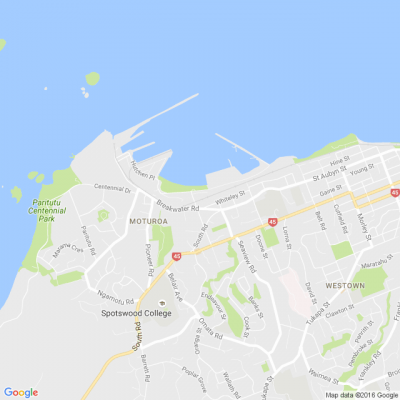
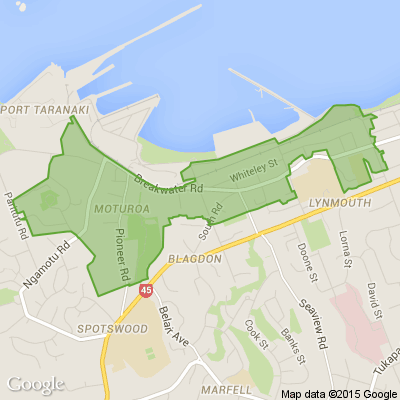





 Loading…
Loading…